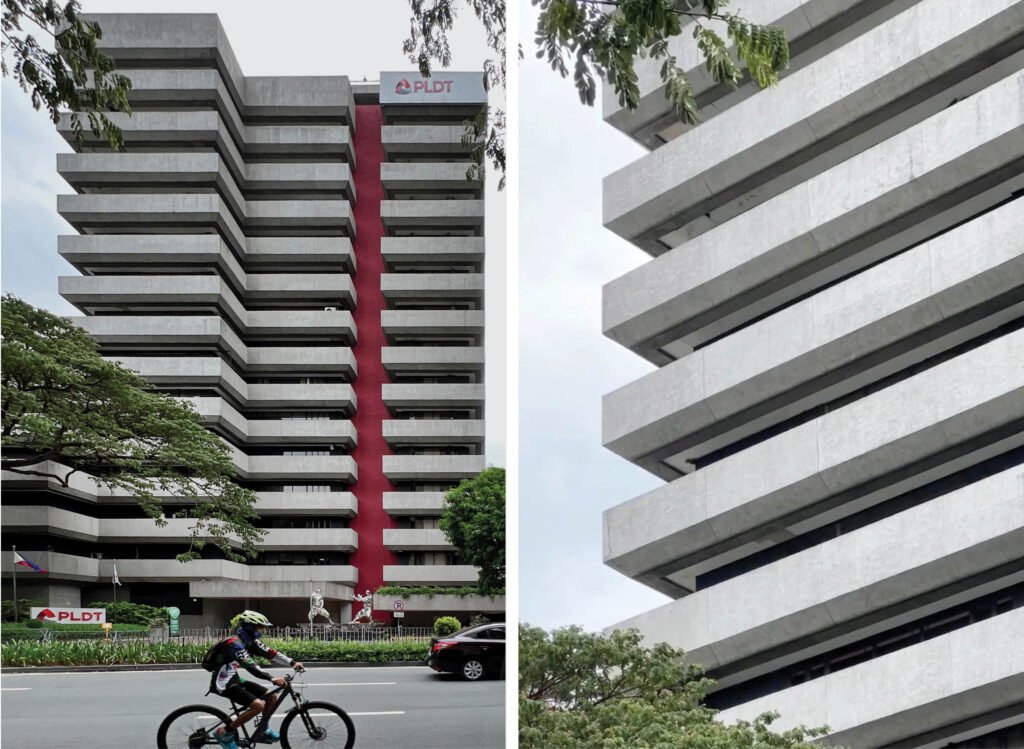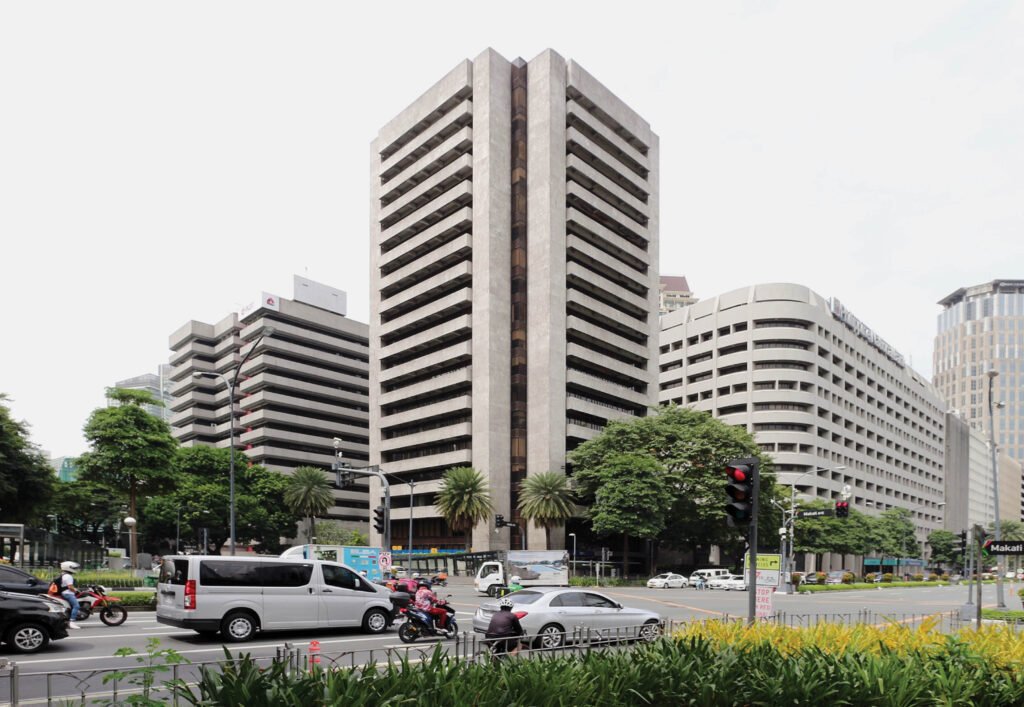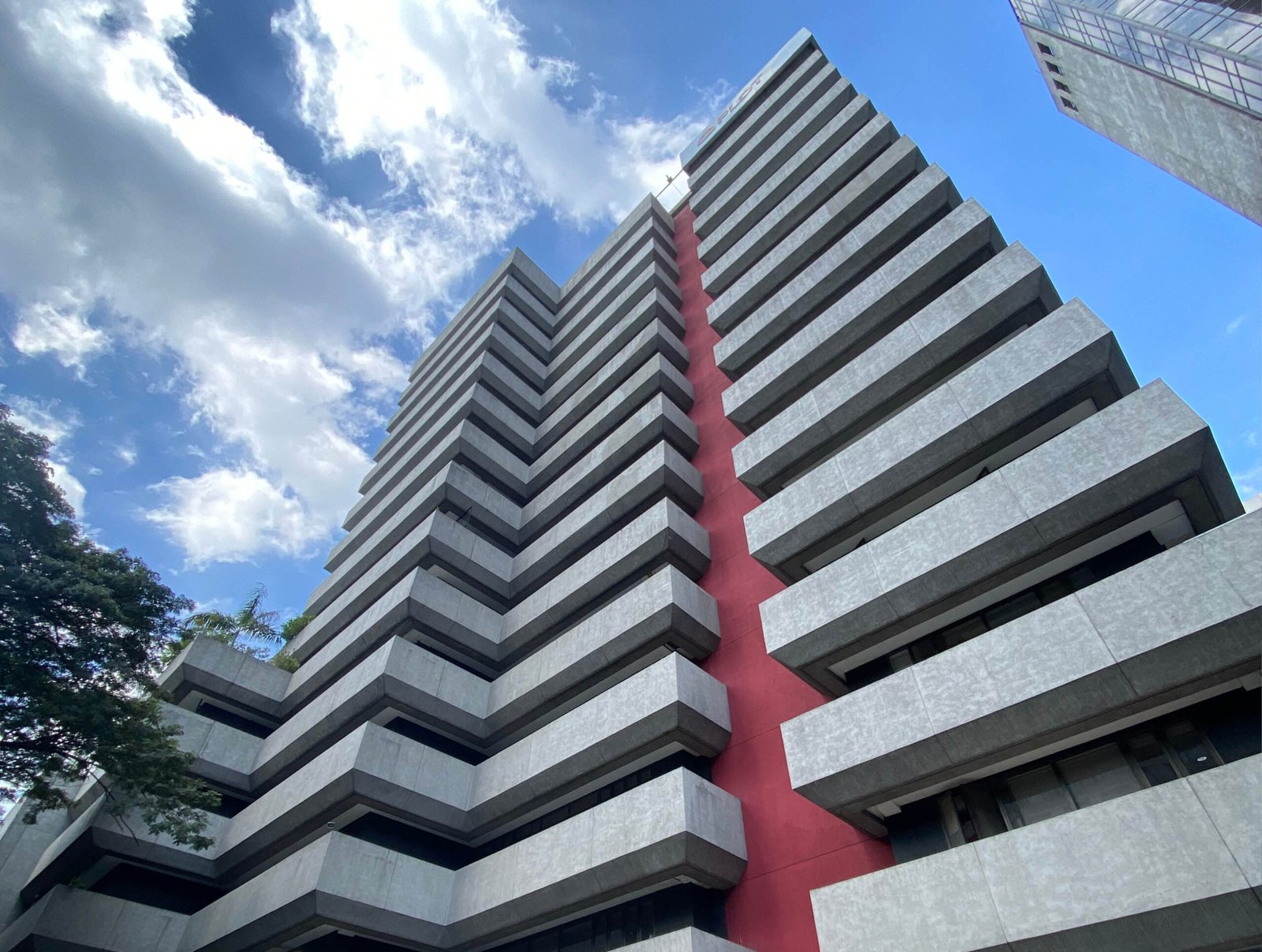Images Patrick Kasingsing and Wincy Aquino Ong


3 June 2022
Mr. Oscar G. Casaysay
Executive Director
National Commission for
Culture and the Arts (NCCA)
633 General Luna St
Intramuros, Manila 1002
The Philippines
Dear Sir,
As an architect, PhD scholar, and author of the monograph Leandro V. Locsin: Filipino Architect (2021), I hereby contest the claims made by the Petitioner regarding the RCB building by National Architect Leandro V. Locsin.
The RCB is an important work in the oeuvre of Leandro V. Locsin and demonstrates exceptional cultural, artistic, and historical significance. In my expert opinion, it certainly is and must be regarded as an Important Cultural Property (ICB). I, therefore, object to the statement made by the Petitioner that the building is “generic, nondescript, and purged of any references to local culture, tradition, climate, or identity of the place.” The following points can be used to support my argument:
1. In the petition it is written that: “(…) the RCB resembles the generic International Style of building design that is nondescript, unremarkable, and deliberately devoid of any references to Filipino culture, tradition, and culture.”
This is absolutely wrong and shows a lack of knowledge of Locsin’s work. The RCB is part of a corpus that includes the First National City Bank (1972), the Mandarin Hotel (1975)—unfortunately demolished—the Locsin Building (1979), the Manila International Airport (1976), the Population Center (1972), and the Integrated Bar of the Philippines (1979). All of these buildings, though not erected in the same context, are developed around the idea that façades can have depth, so as to remain sensitive to the microclimate and strong sun conditions. This theme began to be an essential aspect of Locsin’s work from the beginning of his project for administrative buildings in Makati. It became stronger and more abstract as Locsin understood that copying international models would lead to a dead-end, and would prevent him from developing his own language. That is very obvious in the Office Building Ayala II (1958)—most likely Niemeyer-influenced—or the Sarmiento Office Building (1962)—a clear tribute to Kanagawa Prefecture Building designed by Tange. The RCB was designed with the idea that the recess of the windows and the repetition of the horizontal concrete bands can give the building lightness and a sculptural effect. By taking advantage of the plot to break the volumes into different parts, Locsin managed to give the building an interesting façade. As David M. Consunji, who built the RCB, mentioned in his book: “(the RCB) had common traits and a look that set them apart from the earlier structures of Makati. These new buildings were taller than most structures in Makati at that time and made a large use of the latest architectural and building materials, as well as modern security and building systems.” (Consunji David, 2004, A passion to build: A memoir of David Consunji, p. 226).
2. Having studied the entire body of Locsin’s works, it is clear that he had profound knowledge of modern architecture that developed in the United States and in Europe. But, as he himself did not study abroad, his background gave him the freedom to propose new architectural forms. I am convinced that he would have taken the qualification of “international style” as an insult. Nothing could be further from what he wanted to express with RCB.
3. In the petition it is written that: “Locsin’s response to vernacular design exists in the RCB but is minimal and ambiguous.” The strength of Locsin’s style was to integrate the tradition of Filipino culture into his work without falling into the trap of copying an old motif that would have led to a kitsch form of architecture. On the contrary, his capability to understand the essence of Filipino tradition allowed him to create new models of architecture that were new at that time in the Philippines. The buoyancy and abstract character of the RCB is clearly a reinterpretation of the bahay kubo and his response to climate. In this sense, the RCB does not “deny the culture and climate of its location” as is written in the Lico Report.
4. Regarding the statement, “The RCB is a digression from Locsin’s daring formal experimentation,” Locsin designed buildings that are very sculptural and often used the regulator’s plots to give them a homogenous design. But he would use that as a means and not as the base of his design. The evolution of his work shows a very precise and patient development. Never was the formal aspect the main purpose of his design. The RCB is not a formal experimentation but is, as already mentioned, part of a language and a research treatment that was aimed at adapting architecture to the local conditions.
5. Despite small transformations made to the building, the current condition of the RCB very much embodies the distinctive style of L.V. Locsin.
In the resolution No 2015-481 it is written that “(…) the commission granted the petition to remove the presumption of ICP on Hotel InterContinental Manila (HICM, 1967) on a similar ground that “the hotel’s architecture and landscape lack the generally accepted design signature of the bodies of work of National Artist Locsin and Santos.” My doctoral dissertation and book publication, published with one of the most prestigious publication houses for architecture in the world, demonstrate that, quite the contrary, the HICM was part of a corpus of work, ranging from administrative to public buildings. It is a shame that a lack of knowledge, at that time, led to the demolition of the HICM. That demolition is an important loss for the modern patrimony of the Philippines and indeed, an international loss. If the NCCA follows the report made on the RCB, yet another important piece of architecture will disappear.
My ambition, following ten years of research and writing on Locsin, was to ensure that his work would be recognized and protected. The world is now discovering the work of Leandro V. Locsin internationally through the publication of my monograph, which sold out almost instantly and is now undergoing a reprint, attracting readers across Europe and the United States, as well as Asia. It is unfortunate that in his own country, the Philippines, his work is not given due recognition. As much as the bahay kubo or the bahay na bato, the concrete architecture of Locsin—exemplified in the RCB building—is a testament to Filipino culture and must be protected.
I hope that the commission will take into account these arguments and help save the unique patrimony built by National Artist Leandro V. Locsin. •
With kind regards.
Dr. Jean-Claude Girard
Architect and Scholar, Switzerland


“The world is now discovering the work of Leandro V. Locsin…It is unfortunate that in his own country, the Philippines, his work is not given due recognition.”


Jean-Claude Girard studied architecture at EPFL from 1991 to 1998 where he obtained his diploma in 1998. The final work, developed under the direction of Professor Bruno Marchand and which dealt with the theme of interreligious sacred space won the 1998 SIA Prize (first prize for architecture).
From 2013 to 2018 he developed a doctoral thesis on the Filipino architect Leandro V. Locsin, under the supervision of Professor Bruno Marchand, Ecole Polytechnique Fédérale (EPF), Lausanne. The thesis was defended on June 20, 2018, and gave him the degree of Doctor of Science. In 2021, Girard was able to repackage his thesis into a comprehensive monograph on the works of Leandro V. Locsin: Leandro Valencia Locsin, Filipino Architect released by Birkhäuser.


One Response